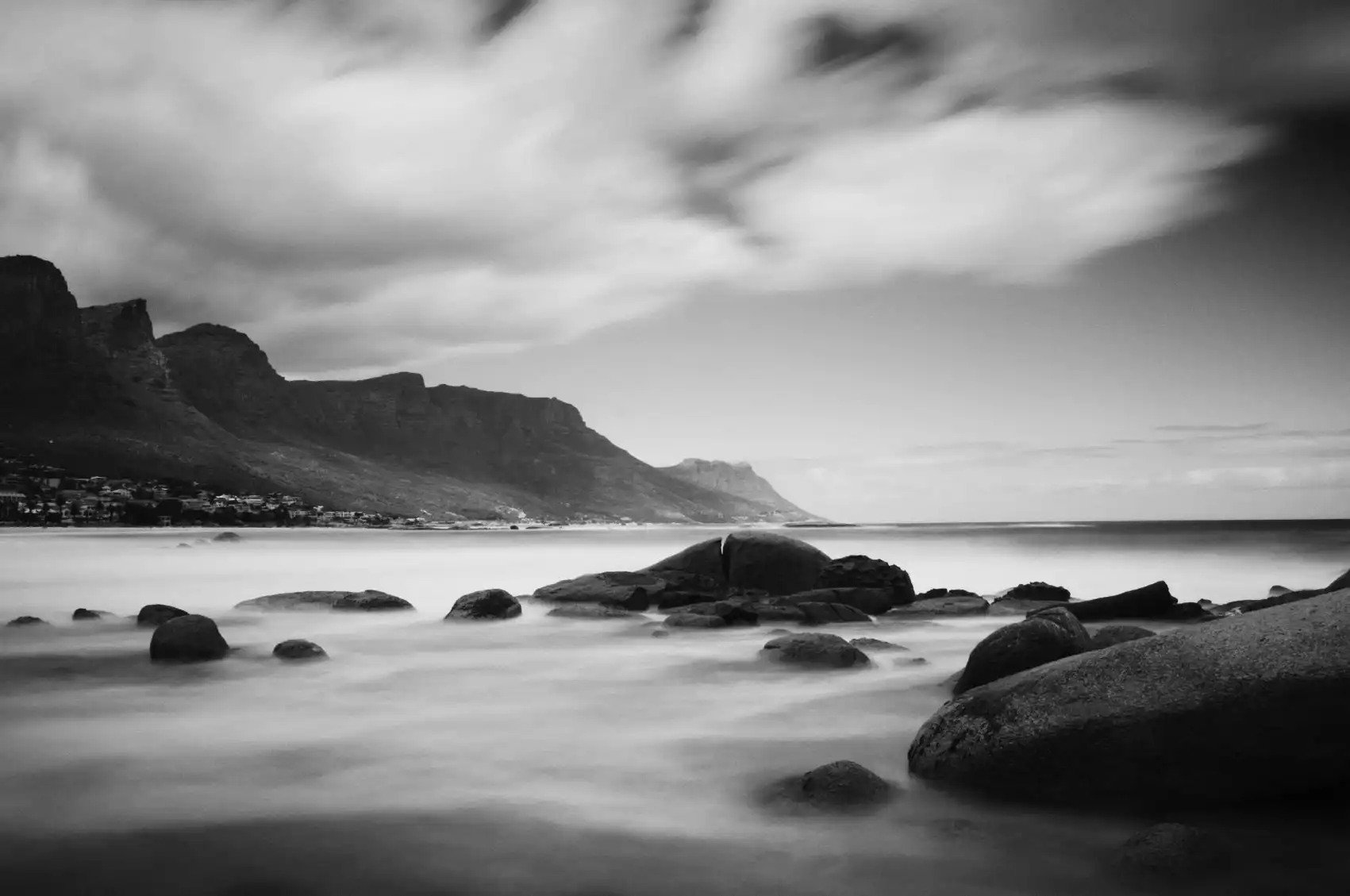

He returned to the subject later in life with the aim to "raise bird photography above the level of reportage, to transform it into an art." Porter began photographing birds as a boy. Wilderness must be preserved it is a spiritual necessity."Įastern Flicker ( Colaptes auratus auratus), Great Spruce Head Island, Maine, In 1970 Porter wrote, "It has been said that wildness is a luxury, a commodity that man will be forced to dispense with as his occupancy of the earth approaches saturation. Porter was elected to the board of directors of the Sierra Club in 1965, and served until 1971. With this realization, Porter was transformed from a passive, theoretical conservationist into an impassioned one. The public's positive response to the Sierra Club books showed Porter that he could use photography to make people aware of nature's beauty without compromising his artistic goals.

However, it did result in federal review of all reclamation projects on western rivers and the passage of the Wilderness Act, which had been languishing in Congress since 1956.Īspens by Lake, Pike National Forest, Colorado, September 14, 1959 The vibrantly colored photographs of gulches, rock walls, and hidden canyons carved by the Colorado and San Juan Rivers did not prevent the dam from being built. The second book, The Place No One Knew, Glen Canyon on the Colorado (1963), was part of a campaign to stop construction of the Glen Canyon Dam. The first book, In Wildness Is the Preservation of the World (1962), earned the Sierra Club an international reputation as a publisher of fine books.

In the early 1960s Porter began making photographic books with the Sierra Club, which played an important role in the conservation movement of the 1960s. The image above from Porter's Iceland portfolio was published by the Sierra Club as a collector's edition.Ĭliff, Moonlight Creek, San Juan River, Utah, May 23, 1962 In 1964 Porter wrote that he hoped his color photographs would reveal "a new dimension in the perception and representation of nature in photography."īetween 19 Porter produced seven portfolios of nearly 8,000 prints. For the next three decades he struggled against the notion that color photography was unsuitable for artists because it was "too literal." Porter actually used the color process to make highly expressive prints by slightly increasing the brilliance, contrast, or saturation in the transparencies. The year after his exhibition at Stieglitz's gallery, Porter began using Kodachrome, a new color transparency film, and teaching himself the delicate, multi-step process for making color prints. It is emblematic of the quiet beauty and strong sense of place in Porter's early black-and-white work. The photograph above was included in the exhibition at Stieglitz's gallery. He decided to give up his academic post and devote himself to the art of photography. Photographer Alfred Stieglitz gave Porter a solo exhibition at his New York art gallery in 1938. He began his photography career in the 1930s, making black-and-white photographs in his spare time while working as a bacteriologist and teacher at Harvard University. He explored new ways of presenting the natural world and his artistic and technical contributions to bird and landscape photography transformed these genres.Įliot Porter was trained as a chemical engineer and a medical doctor. Porter's work was widely published and used as a powerful visual argument for nature conservation. Porter promoted the use of color photography from the 1940s until the mid-1970s, a time when most serious photographers worked in black and white. © 1990 Amon Carter Museum, Fort Worth, Texas, Bequest of the artistĪmerican photographer Eliot Porter was among the first to successfully bridge the gap between photography as a fine art and its roots in science and technology. Path in Woods, Great Spruce Head Island, Maine, 1981


 0 kommentar(er)
0 kommentar(er)
